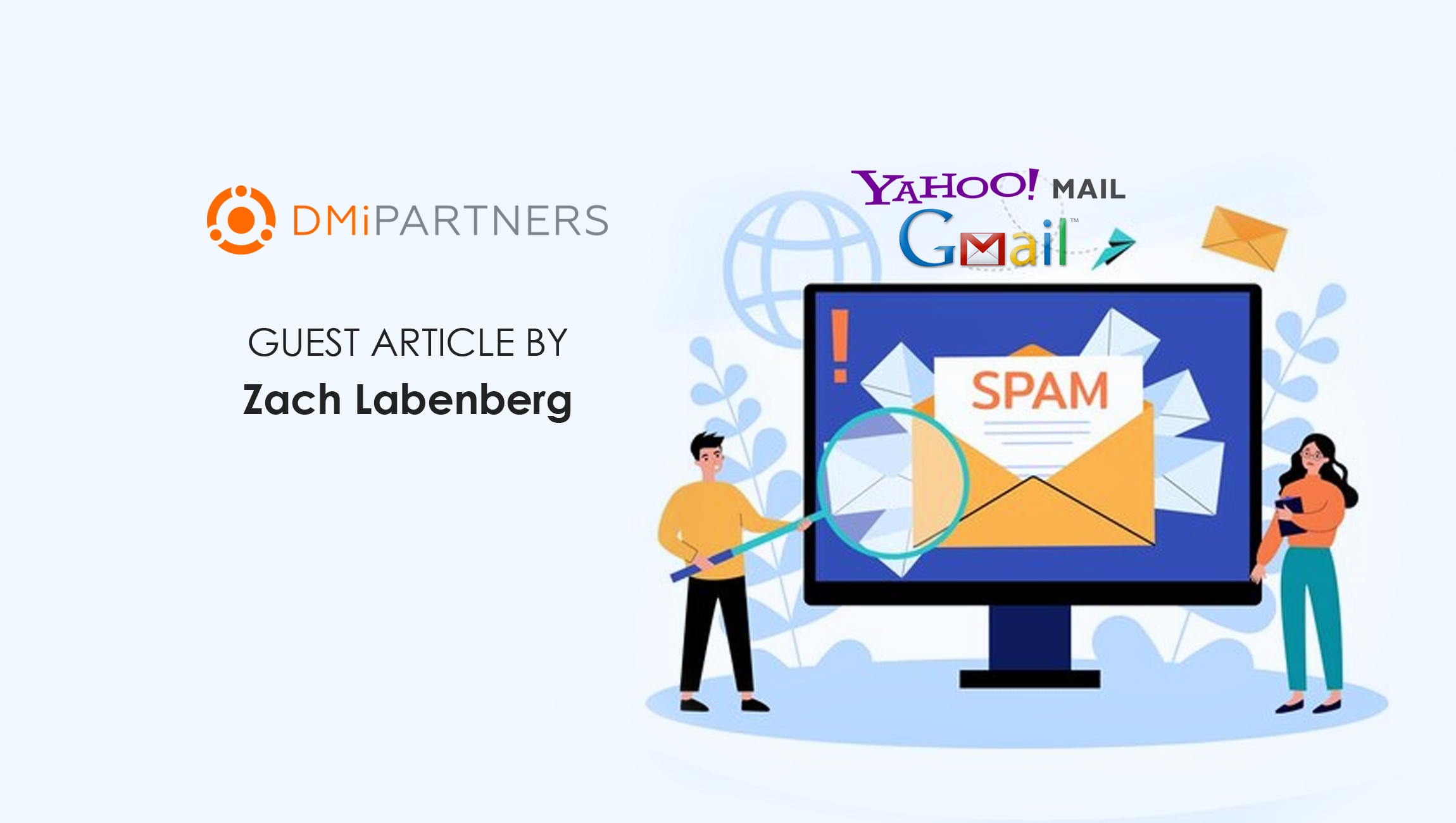I’ve worked in email marketing for over a decade at an agency with lots of CPG and retail clients – some household names, some up and coming, some rather niche. All of them are legitimate brands and businesses with one shared philosophy in their email marketing: they want to connect authentically with their audiences.
All of these brands stand to lose lots of business if they fall on the wrong side of Google and Yahoo’s new email spam guidelines and get slapped with restrictions on the emails they can send. And while some of them have had lots of questions for us about the spam guidelines and what they mean on a practical, logistical level, it doesn’t take much explaining for them to feel confident about the path forward.
In this article, I’ll explain why that is, how other brands can take steps to feel the same confidence in their email integrity, and why the updates are, in general, a very good thing for the email industry as a whole.
Why good brands shouldn’t panic
Essentially, the updates are meant to help keep inboxes clean and spam-free, with much less noise from entities sending one email en masse. Brands that are already using good email practices – including even a little personalization – are likely already well on their way to compliance.
The best-case scenario for brands is that they’re already sending strategically timed, customized emails to engage their users. If you suspect that your organization is doing the bare email minimum and hitting lots of users with the same message, get into your ESP (email service provider) and do some auditing. A great rule of thumb: if, after a few minutes of examination, you think it’s possible you’re spamming your users with irrelevant content, you probably are.
Marketing Technology News: MarTech Interview with Matt Hertig, CEO at ChannelMix
Steps to take to stay in compliance
Let’s say you suspect your organization might need to brush up its email practices to stay on the right side of the spam rules. Other basic initiatives to check: 1) make sure each email has a clear and intuitive way for users to unsubscribe; 2) set up basic email authentication that tells all necessary parties that you’re a legitimate sender (and you are who you say you are); and 3) bookmark Google’s Postmaster Tools for a handy and objective way to measure your current spam levels.
If you’re still not sure of your standing – or if your Postmaster Tools results are alarmingly poor – the first thing I’d recommend is pausing all email campaigns except those going to your most engaged (and likely most valuable users). If you’re engaging that audience effectively, it stands to reason that you’re not spamming them. On the other hand, if you have users who haven’t clicked on or even opened an email in a matter of months, pause campaigns and reassess their quality.
This immediately lowers your risk of getting flagged for spam while keeping a line of communication open with your highest-value audience.
If you don’t know who your most engaged users are, pause all of your campaigns immediately, then sketch out a plan for some serious housekeeping – including a way to identify and segment your most engaged users – before you turn the campaigns back on.
Why I welcome the updated spam guidelines
Email competition is fierce and, according to reports, getting fiercer as marketers plan to increase their email marketing budgets more than any other channel budgets in 2024.
If you’re doing things the right way in your email campaigns, wouldn’t you prefer your users to have a less cluttered inbox? Your emails will have less competition for attention and might not be as susceptible to simple mass-delete actions that put the wheat and the chaff into trash and spam folders.
It’s probably easy for me to say all of that since we’ve been working with our brands on good practices for years, but even marketers who need to scramble to get into compliance should be happy they did in the long run. As engagement costs of paid channels like search and social continue to climb, email will look better and better as a cost-effective way to engage users. If this is the impetus your organization needs to elevate email to a fully realized channel, then Google and Yahoo are doing exactly the right thing.
Next steps
Let’s boil down where you should go from here.
Step 1: conduct a quick audit of email compliance basics and use Google’s Postmaster Tools for a temperature check.
Step 2: if needed, scale back your campaigns to include only your most loyal and engaged users.
Step 3: make a real effort to incorporate personalization into your email campaigns to improve relevancy for each recipient.
Take all of those steps successfully, and you’ll do more than minimize your spam ratio; you’ll be closer to tapping email’s full potential as a powerful revenue-driving channel.
Marketing Technology News: AI and Personalized Media Outreach: Striking the Right Balance











